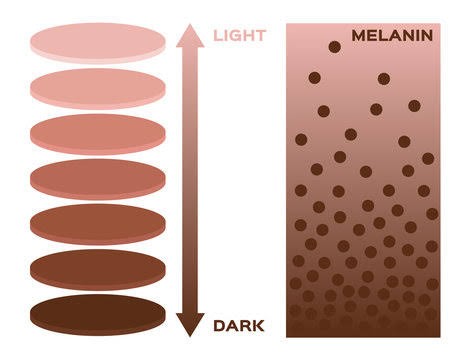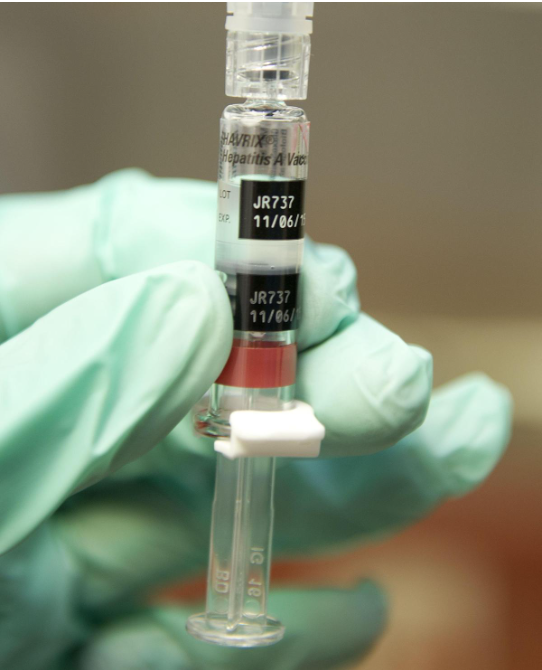Description

Disclaimer: Copyright infringement not intended.
Context: Indian-Origin Researcher Vivek Bajpai Identifies 135 New Melanin Genes Responsible for Pigmentation.
More on news
- The researchers found 169 functionally diverse genes that impacted melanin production. Of those, 135 were not previously associated with pigmentation.
- To understand what causes different amounts of melanin to be produced, a technology called CRISPR-Cas9 was used to genetically engineer cells.
- Using CRISPR, more than 20,000 genes from hundreds of millions of melanocytes were systematically removed and observed the impact on melanin production.
- They developed a novel method to detect and quantify the melanin-producing activity of melanocytes.
- If there are a lot of melanin-producing melanosomes, the light will scatter much more than in cells with little melanin.
- Using a process called side-scatter of flow cytometry, they were able to separate cells with more or less melanin.
Meloansome synthesis
- Melanin’s particular physicochemical properties such as high refractive index determine its optical properties.
- An accumulation of melanin within melanosomes would change melanocytes’ light-scattering properties.
- Measuring the light-scatter index could serve as a proxy for the cellular melanin content of live pigment cells and could be used as an assay for a CRISPR-Cas9–based genetic screen to identify factors that govern melanin synthesis within melanosomes.

Importance of the finding
- Identified 135 new genes associated with pigmentation, when targeted, could help in developing melanin-modifying drugs for vitiligo and other pigmentation diseases.
- By understanding what regulates melanin, we can help protect lighter-skinned people from melanoma, or skin cancer.
- The technology developed and used by the research team could also be applied to identify genes that regulate melanin production in fungi and bacteria.
- Melanin production in fungi and bacteria enables them to be more pathogenic to humans or crops.
- Researchers could develop effective interventions against these microbes and their diseases by discovering and targeting such melanin-producing genes.
About Melanin
- Melanin is a heterogeneous polymer found across life forms and has roles in pigmentation, environmental adaptation, and species survival.
- In humans, melanin synthesis is compartmentalized within a subcellular organelle called the melanosome, which is present in specialized pigment cells called melanocytes.
- Variable melanin synthesis within melanosomes results in variations in skin, hair, and eye colour in human populations.
- The perturbations in melanogenesis are associated with diseases
Melanosome and skin colors
- Darker pigmentation has been needed to protect against ultraviolet radiation in areas closer to the equator and for people who spend hours in direct sunlight.
- As humans moved into areas with less direct sunlight or fewer hours of daylight overall, less melanin was needed.
- Over time, this resulted in melanosomes that produced less melanin, thus absorbing more sunlight.

International Albinism awareness day
- It is observed every year on June 13.
- This year's theme, “Inclusion is Strength,” builds on last year's theme of “United in making our voice heard.” It aims to ensure the inclusion of the voices of persons with albinism in all sectors of life.

|
PRACTICE QUESTION
Q. Recent developments and findings associated with melanin genes have far reaching benefits in future. Critically analyze. ( 250 words)
|

https://www.latestly.com/world/indian-origin-researcher-vivek-bajpai-identifies-135-new-melanin-genes-responsible-for-pigmentation-5335750.html













